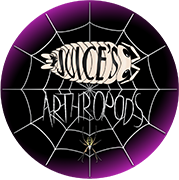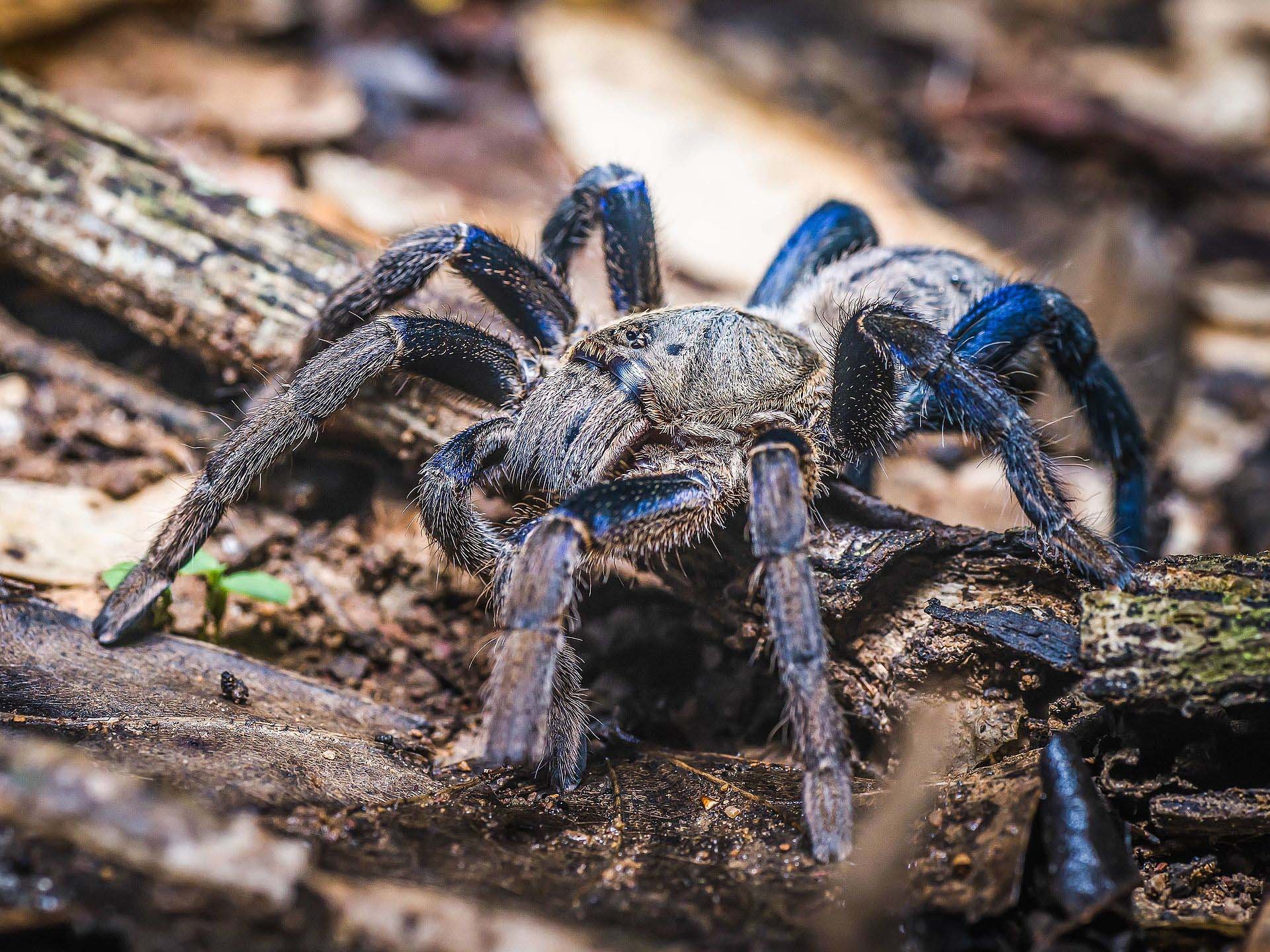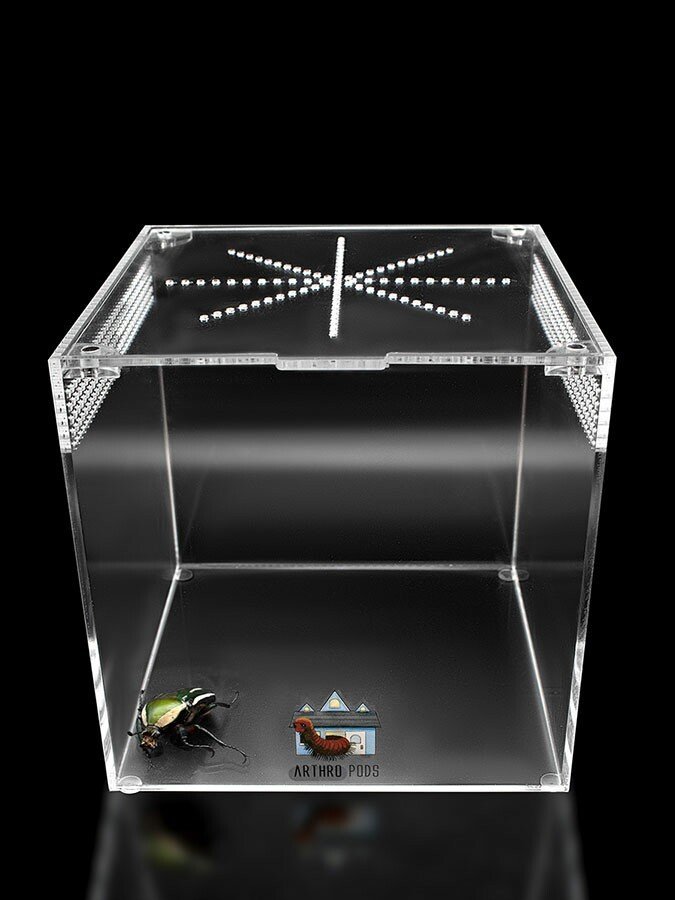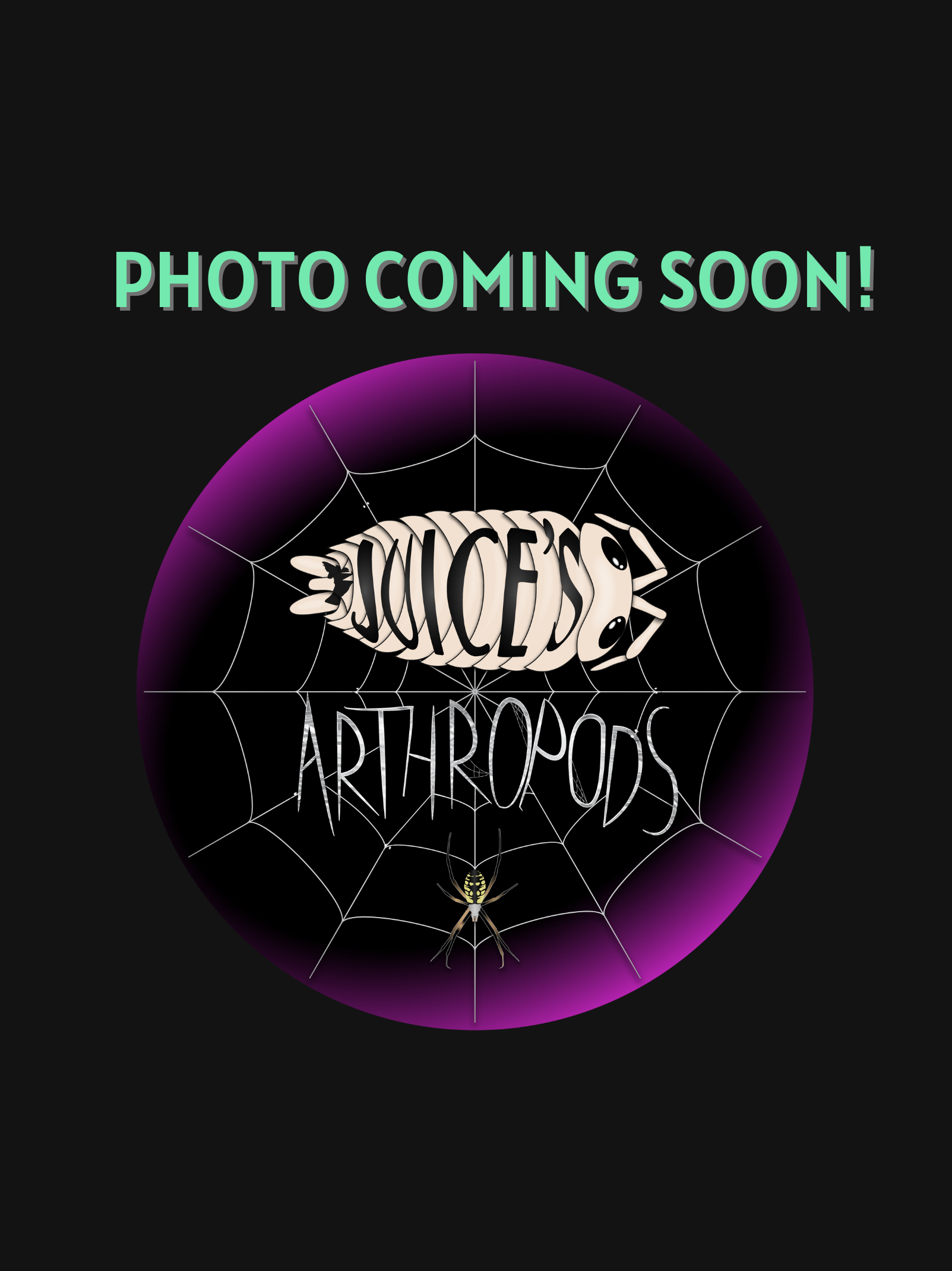Cyriopagopus lividus
Not to be confused with the Green Bottle Blue Tarantula, the Cyriopagopus lividus or Cobalt Blue Tarantula is an extremely reclusive Old World fossorial species that is as equally fast as it is beautiful. These are medically significant Old World tarantulas but are an absolutely must-have species off just the pure joys of watching their prey drive and lightning-fast speed. We highly recommend that only an expert hobbyist purchase these absolutely gorgeous must-have species.
Not to be confused with the Green Bottle Blue Tarantula, the Cyriopagopus lividus or Cobalt Blue Tarantula is an extremely reclusive Old World fossorial species that is as equally fast as it is beautiful. These are medically significant Old World tarantulas but are an absolutely must-have species off just the pure joys of watching their prey drive and lightning-fast speed. We highly recommend that only an expert hobbyist purchase these absolutely gorgeous must-have species.
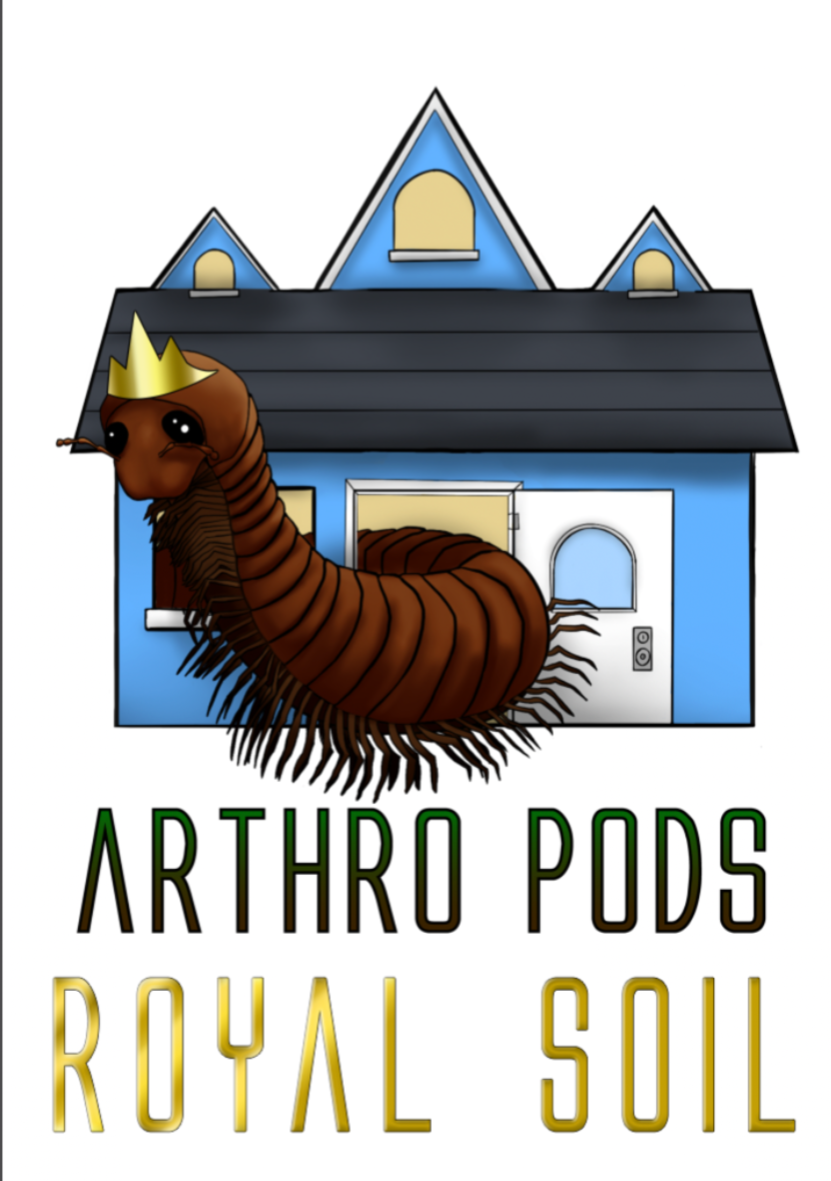
Not to be confused with the Green Bottle Blue Tarantula, the Cyriopagopus lividus or Cobalt Blue Tarantula is an extremely reclusive Old World fossorial species that is as equally fast as it is beautiful. These are medically significant Old World tarantulas but are an absolutely must-have species off just the pure joys of watching their prey drive and lightning-fast speed. We highly recommend that only an expert hobbyist purchase these absolutely gorgeous must-have species.
What’s the ideal diet for a Cobalt Blue Tarantula?
All Tarantulas can eat a variety of feeders. We recommend crickets, dubia roaches, silkworms, horned worms occasionally, and a superworm or mealworm as the occasional treat!
How should I keep a Cobalt Blue Tarantula?
We recommend starting with a small Fossorial Fissure enclosure for this particular creature. When they are about ⅓ the size, you will want to upgrade to a medium or large Fossorial Fissure enclosure. As slings, feed them once a week. Twice if their opisthosoma (abdomen) looks small, but if the opisthosoma is wider than their prosoma (pneumothorax), then wait a couple of days to feed. For juveniles or adults, stick to feeding once a week, nothing larger than their opisthosoma. Make sure to keep a full water dish at all times; wider and deeper is fine. Your tarantula can’t drown; they float on water.
How long could a Cobalt Blue Tarantula live?
Females are stated to live between 15+ years, and males, on average live between 5-6 years. These are the best estimates from multiple sources.
Some photos provided by iNaturalist, credit to:
Wich’yanan (Jay) Limparungpatthanakij, some rights reserved (CC BY)
ian_dugdale, some rights reserved (CC BY)
